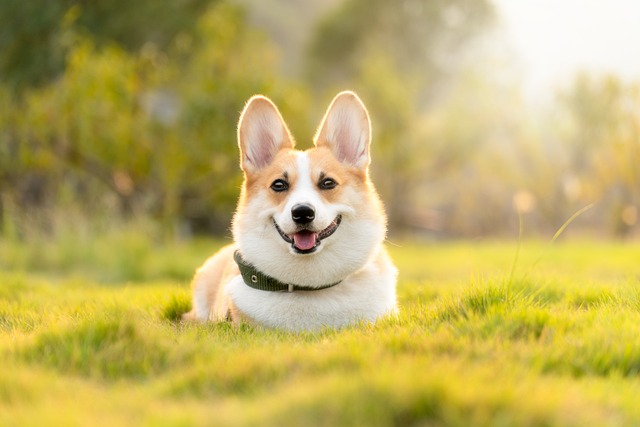
What is glaucoma in a dog?
You might notice your dog squinting more at mealtime or avoiding bright sunlight—these small changes could be early signs of a serious eye condition.
Picture this: you refill your dog’s water bowl in the morning, and by dinner, the 2 - litre container is empty. Panic sets in—did your furry friend drink too much? As a new dog owner in the U.S., it’s natural to worry about your pet’s health, and understanding what’s normal for water intake is crucial. But is 2 litres of water too much for a dog? The answer isn’t as straightforward as you might think.
Dogs, like humans, need water to survive and thrive. Water aids in digestion, regulates body temperature, and keeps their organs functioning properly. However, the amount of water a dog should drink depends on several factors. A general rule of thumb is that dogs need about 1 ounce of water per pound of body weight daily. But this can vary widely based on size, activity level, diet, and weather. A large, active dog like a Labrador Retriever that spends hours running around in the hot Arizona sun will naturally need more water than a small, sedentary Chihuahua lounging in an air - conditioned apartment.
To determine if 2 litres (about 68 ounces) is excessive for your dog, start by looking at their size. For a 68 - pound dog, 2 litres would technically meet the basic daily requirement. But if your dog suddenly starts gulping down 2 litres when they usually drink half that amount, it could be a sign of an underlying issue. Conditions like diabetes, kidney disease, or Cushing’s syndrome can cause increased thirst. Other signs to watch for include frequent urination, excessive panting, and lethargy. If you notice any of these symptoms along with a sudden spike in water consumption, it’s time to call your vet.

In your day - to - day life, there are steps you can take to monitor your dog’s water intake. Always provide fresh, clean water, changing it at least twice a day to prevent bacteria growth. In an apartment, place the water bowl in a quiet area where your dog feels comfortable drinking. When out for walks in the community, carry a collapsible water bowl and offer sips regularly, especially on hot days. And remember, in most U.S. states, leaving your dog without access to water is considered animal neglect.
When it comes to training and behavior, never punish your dog for drinking a lot of water. It could be a natural response to their environment or a sign of an illness. Instead, use positive reinforcement. Praise them when they drink calmly and reward them with a treat. Also, always follow local leash laws and clean up after your dog in public spaces. In cities like New York, failing to do so can result in fines of up to $250.
In conclusion, whether 2 litres of water is too much for a dog depends on multiple factors. By staying vigilant, understanding your dog’s normal habits, and consulting your vet when in doubt, you can ensure your pet stays healthy and hydrated.

You might notice your dog squinting more at mealtime or avoiding bright sunlight—these small changes could be early signs of a serious eye condition.

Let’s set the scene: It’s a sweltering Phoenix afternoon—105°F outside—and you rushed your 2-year-old Lab mix, Cooper, on a quick walk to “get it over with.”

Let’s get real: You’re in your Miami apartment, watching your 3-year-old Corgi, Loki, struggle to climb the stairs to your second-floor unit.

Many dog owners brush off occasional scratching as just “dog behavior,” but persistent itching often signals something more—like a food allergy.

You might first notice your dog scratching more than usual—chewing at their paws until the fur looks thin, or rubbing their face against the couch nonstop.

Let’s be real: You’re standing in your Chicago apartment, watching your 3-year-old Beagle, Max, huff and puff just to climb onto the couch.